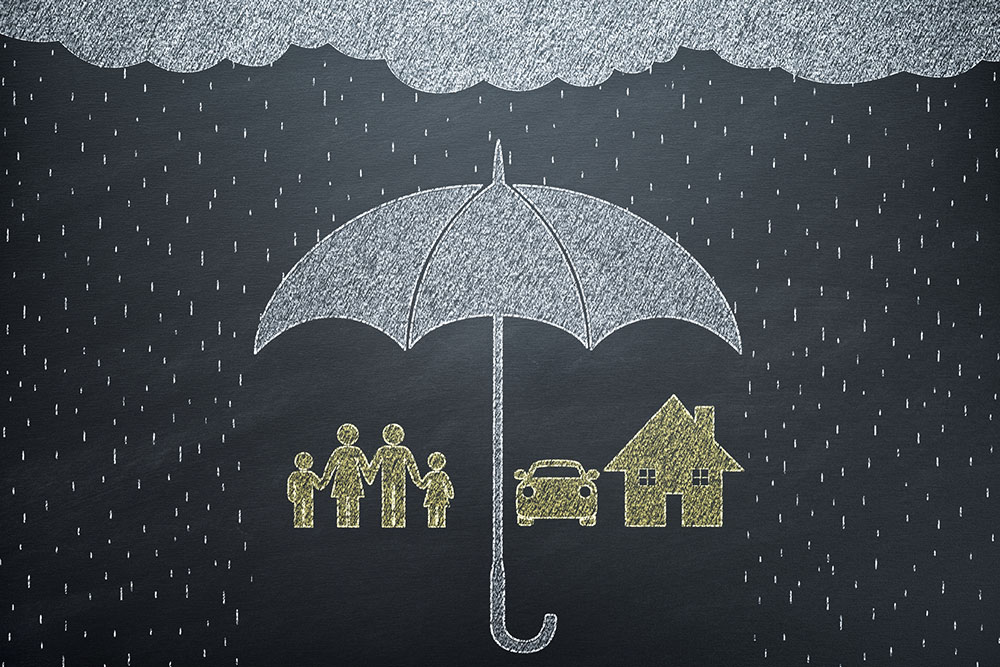Tax freezes and your financial plan
This content is for information purposes only and should not be taken as financial advice. Every effort has been made to ensure the information is correct and up-to-date at the time of writing. For personalised and regulated advice regarding your situation, please consult an independent financial adviser here at Castlegate in Grantham, Lincolnshire or other local offices.
Some taxes are immediately noticeable, such as income tax and National Insurance. Others are less obvious and are classed as “stealth taxes” – applying an indirect eroding effect on your wealth and finances. Value Added Tax (VAT) is a good example, which is levied at 20% on the value of most goods and services. A customer can end up paying more than expected if, for instance, they simply look at the label price on an item excluding VAT. However, other taxes act stealthily on your financial plan, too. In this guide, our Lincolnshire financial planners outline the key “tax freezes” in 2022-23 which might bear upon you, together with ideas about how to lower their impact. We hope you find this content helpful. If you want to discuss your financial plan with us, please get in touch to arrange a no-obligation financial consultation, at our expense:
01476 855 585
info@casfin.co.uk
Tax freezes and income tax
On the surface, a tax freeze can sound like a positive announcement from a UK chancellor. You may assume that, because tax thresholds are not being raised, your income will remain largely the same. However, this is not necessarily the case. If your wage rises during the period of the tax freeze, for instance, then you may end up paying more income tax if your wage crosses over a higher tax threshold. For instance, suppose your salary is £48,000 in 2022-23, placing your income in the Basic Rate income tax band (20%). However, suppose that, in the coming years, your wage rises to £55,000. Now, you start to pay the Higher Rate (40%) on your wage, which starts to apply from £50,271 of earnings (up to £150,000 in 2022-23).
In the Autumn Statement in November 2022, the Chancellor confirmed that income tax bands would remain frozen until 2027-28. UK average wage growth in September-November 2022 was 6.4%, so if a similar rate is sustained in the years ahead, many taxpayers are likely to start paying a higher rate of tax. Indeed, an estimated 1.2m people are expected to be driven into the 40% Higher Rate tax band by 2026 due to average wage growth and the tax freeze. Here, it will be important for many to prepare a tax plan to mitigate the impact on their income.
Tax freezes, pensions & IHT
Each year, inflation makes goods and services in the UK more expensive. If inflation is 10%, for example, then an item that cost £1 twelve months ago could now cost £1.10. As such, the “spending power” of £1 has declined by 10% in this example. To protect households and grow the economy, therefore, “real incomes” need to gradually rise over time to preserve (or boost) spending power. However, tax freezes do not help in this regard. Pensioners, for instance, may need more savings in their pot(s) to buy the same goods and services over time. However, one constraint in 2022-23 is the continued freeze on the lifetime allowance – determining the overall value that you can hold in pensions, tax-free. Currently, this is frozen at £1,073,100, but the real value of this threshold could be as low as £853,973 by 2025-26 by 2026 if this is sustained until this time, as expected (assuming 10% inflation). Moreover, the annual allowance for pensions is still frozen at a maximum of £40,000; or, 100% of your earnings (whichever is lower). In effect, this means that taxpayers can contribute less to their pensions over time, in real terms.
Mitigating the effect of tax freezes
Tax freezes are a clever way for governments to raise revenue from taxpayers, since they are not easily noticed due to their “boiling frog” effect. Fortunately, there are strategies available to taxpayers for mitigating their impact. One idea is to engage in “salary sacrifice” in discussion with your employer. Here, instead of receiving a planned pay rise in the future, perhaps you can agree that you will receive a higher employer pension contribution or another benefit (e.g. private health insurance). This can help lower taxes for everybody, since your employer can treat pension contributions from the organisation as an expense for corporation tax.
If you are in a couple, remember that your tax-free allowances can effectively “double” if you both pay UK tax. For instance, as an individual you are entitled to a £20,000 ISA allowance; together, however, you can combine your allowances to £40,000. This greatly increases your household’s ability to generate tax-free interest, capital gains and dividends. Similarly, pension annual allowances and lifetime allowances are available to each of you, enabling these to be “doubled” as well. The same is true for income tax and National Insurance. Moreover, married couples and civil partners can transfer many assets between them without tax liability (e.g. shares in a portfolio), allowing you to structure your wealth more optimally in light of your tax allowances. Speak to a financial planner to explore this process with the best information, also accounting for your unique financial goals and circumstances.
Conclusion & invitation
If you are interested in discussing your own financial plan or investment strategy with us, please get in touch to arrange a no-commitment financial consultation at our expense:
01476 855 585
info@casfin.co.uk












